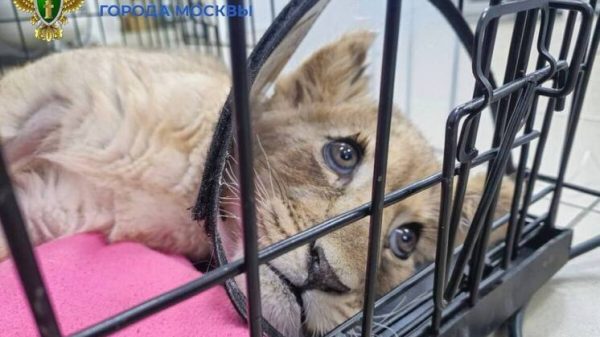Scientists want to revive diseases like in Jurassic Park
Researchers from the Federal University of São Paulo managed to discover the oldest known human viruses in the bones of Neanderthals, which are more than 50 thousand years old , and soon they will be able to recreate them.

DNA analysis was carried out on two Neanderthals, and the results showed traces of papillomavirus and adenovirus, as well as others . These two prehistoric people were men, and their remains were found in a cave in Russia. Experts have long speculated that viruses may have caused the Neanderthal extinction, and a recent discovery may support that theory.
This suggests that Neanderthals may have been infected with the same viruses that infect people today, according to the authors of the preprint, which has not yet been peer-reviewed. This also shows that it has been possible to identify fragments of viral genomes in archaeological samples.
Adenoviruses, for example, can cause a wide range of diseases — from the pain caused by a common cold to an unpleasant attack of acute gastroenteritis. The most common Epstein-Barr virus, which can cause mononucleosis and multiple sclerosis, is a herpesvirus. Papilloma viruses are best known for causing cervical cancer.
The team that made this discovery now plans to try to synthesize the viruses to see how they compare to modern ones.
«These viruses, like «Jurassic Park», then could be studied for their reproductive and pathogenic properties and compared with modern analogues, — says lead study author Marcelo Briones in an interview with NewScientist.
He added that he is skeptical that this can be achieved, given the lack of a complete understanding of how the DNA of viruses is damaged and how to reconstruct the extracted fragments into a complete viral genome.
In addition, he said, the interaction of the virus with the host must be taken into account, especially in a completely different environment. The remains were found in the Altai mountains in the Chagyrskaya cave. The remains belonged to a group of nine people found in 2022 who all shared DNA, meaning they were related.
Researchers were able to sequence Neanderthal genome data, providing surprising insights into their DNA. They were able to determine that the viral traces in the remains did not come from the animals or modern humans that infected them.
«Taken together, our data indicate that these viruses may represent viruses that actually infected Neanderthals,” — study author Marcelo Briones explained in a conversation with New Scientist.
This does not mean that viruses themselves could lead to the extinction of Neanderthals — as the authors point out in the article, — but it does support the theory put forward by some scientists that viruses might have had something to do with it.
«To confirm their provocative and interesting hypothesis, it would be necessary to prove that at least At least, the genomes of these viruses can be found in the remains of Neanderthals,” — Briones concluded.























































Свежие комментарии